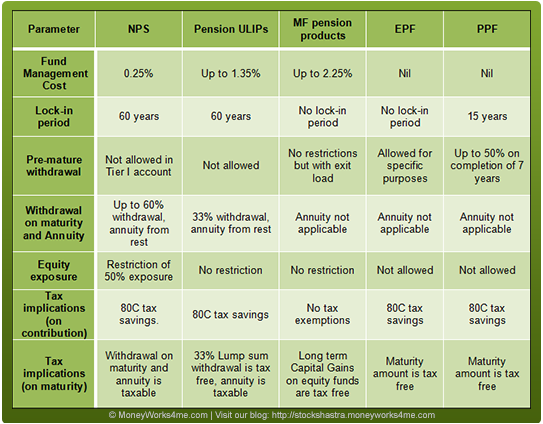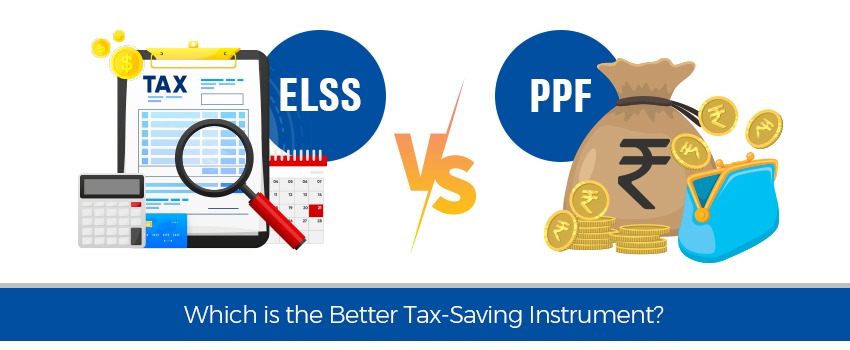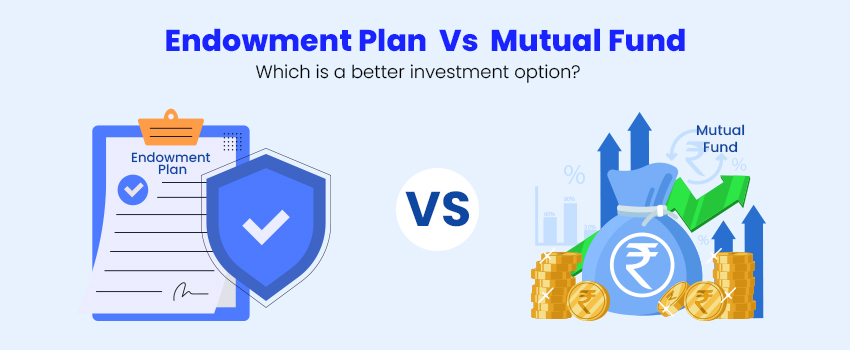Last week, we introduced you to ‘New Pension Scheme‘. We talked about the types of NPS accounts, cost involved, withdrawal conditions, asset classes and tax implications. So now that you are aware of the features of this scheme, the next obvious question that would come to your mind is, whether this retirement scheme is worth investing. As an answer to this question, this article lays down the advantages and disadvantages of the NPS and draws a comparison between the NPS and other retirement products to assess its investment worthiness.
NPS is a good retirement scheme because…
- One of the cheapest pension products: – NPS charges just 0.25% as fund management fee making it one of the cheapest pension products in the world. Mutual funds can charge up to 2.25% and life insurers can charge up to 1.35%.
- Choice of fund managers: – Private sector NPS subscribers have the choice of 6 fund managers and they are allowed to switch from one to another giving them the option of choosing the best fund manager. Also, the number of fund managers can increase in future as the restriction on the number of fund managers has been removed and anybody can now apply for this role.
- Asset allocation flexibility: – Private sector NPS subscribers are given the freedom to decide their asset allocation depending on the risk they can bear. Although exposure to equity investment has been restricted at max 50% thus limiting probable chances of higher return, it appears sensible for a retirement product. The availability of Auto choice or Life Cycle Fund comes as a big positive for those who do not want the asset allocation decision headache. The automatic rejigging of the asset allocation in the auto-choice option is a unique feature of the NPS.
- Tax advantages: – The product comes with tax saving options under Section 80C as contribution to NPS is tax deductible subject to the Rs. 1 lakh limit. Further, under Section 80CCE, employer’s contribution to the extent of 10% of basic plus DA is tax deductible for the employee over and above the Rs. 1 lakh 80C limit, and also for the employer as it can be shown as a business expense. It is a win-win situation as the employer and the employees both benefit from the NPS and this can be done by merely restructuring the Cost to Company without incurring additional cost.
- Withdrawal facility: – The addition of Tier II account in December 2009 was a welcome move as it allowed unrestricted withdrawal.
So, are there any concerns?
- Liquidity and rigidity issues: – There are restrictions on premature withdrawal from Tier I account making the scheme very rigid. There is an option to prematurely withdraw 20% of amount but it leads to closure of account. Even on maturity, only 60% of fund can be withdrawn and the rest is to be compulsorily used to buy an annuity. Hence, there are liquidity issues.
- Restriction on equity exposure: – The exposure to equity investment is restricted at 50%. People in the young age group who can take higher risks may see this as a disadvantage as they might be losing an opportunity, as equity investments can give good returns. Also, equity investment is restricted to index funds which replicate the BSE SENSEX or NSE NIFTY which means losing out on opportunities to get good returns from other stocks.
- Tax on maturity proceeds: – The most crucial concern is in relation to taxation at withdrawal. NPS currently comes under the EET (exempt, exempt, tax) regime. Current laws state that the funds will be taxed at withdrawal. Moreover, returns from annuity insurance plan obtained after retirement will not be tax free. The proposed Direct Taxes Code (DTC) seeks to exempt NPS funds from tax at withdrawal. However, it is not clear if the DTC provides for tax exemption on returns from annuity plan as well. Further, there is uncertainty over the DTC itself with the Finance Minister calling for a review.
- No guarantee on returns: – The NPS is not a defined benefit plan. It is a defined contribution plan. The returns are market linked and there is no guarantee of getting good returns. This is not really a disadvantage, it is actually an uncertainty. But then the subscribers have the choice of investing 100% funds in Government securities wherein returns are more or less assured. Hence, the uncertainty is actually a matter of choice.
Thus, NPS has the two main features that a pension scheme should have – one, it instils disciplined retirement planning by putting restriction on withdrawal during the accumulation phase and two, it leads to judicious withdrawal in the post-retirement phase, investing in an annuity plan being an effective way to do so. Also, 50% restriction on equity exposure appears to be a fair restriction for a pension product. In fact, compared to traditional retirement schemes such as EPF (Employee Provident Fund) and PPF (Public Provident Fund), which do not allow equity investments at all, NPS is far more flexible in terms of equity exposure.
Hence, the primary concern for NPS is in relation to taxation. Taxation along with rigidity is considered to be one of the primary reasons as to why the NPS has not received expected response. If NPS is brought in the EEE tax regime making withdrawal as well as annuity tax free, it could become a very good pension product.
Finally, should you invest in NPS?
NPS appears to be a pension product in the true sense. But, is it better than competitors like the Government EPF and PPF schemes or other pension products from life insurers and mutual funds. Let us compare NPS with other available retirement products on the basis of few parameters:
Fund Management Cost: – NPS beats all other pension schemes in terms of cost. Mutual funds can charge up to 2.25% and ULIP Pension plans from life insurers can charge up to 1.35%, whereas NPS charges just 0.25% as fund management fee, making NPS one of the cheapest pension products in the world. There is no fund management cost involved in case of EPF and PPF, as the funds are invested only in Government securities.
Rigidity: –
- There is no Lock-in period in case of EPF and mutual fund pension products. There is 15 year lock-in period for PPF with the option to extend in blocks of 5 years. In case of NPS and Pension ULIPs, there is a lock-in period of 60 years.
- In case of withdrawal, NPS and Pension ULIPs are rigid as they do not allow pre-mature withdrawal. Pre-mature withdrawal from an NPS Tier I account leads to closure of account. However, this is partially circumvented by the introduction of Tier II account which allows unrestricted withdrawal. There is no withdrawal restriction in case of mutual fund pension products. The EPF allows withdrawal for specific purposes. EPF is better than NPS to a certain extent as pre-mature withdrawal does not lead to closure of account. In times of financial crises, pre-mature withdrawal is allowed in PPF, but only on completion of 7 years. Such a withdrawal must not exceed 50% of the balance of the fourth year or immediate preceding year, whichever is less.
- After reaching retirement age, it is compulsory for NPS and Pension ULIP subscribers to buy an annuity with certain percentage of funds and the rest can be withdrawn. There are no annuity restrictions in case of EPF, PPF and mutual fund pension products.
A pension product should ideally instil discipline so that wealth is accumulated, grown and judiciously used after retirement. But discipline is a matter of choice and hence, desirability of lock-in period, withdrawal restrictions and annuity compulsions will change from person to person.
Equity exposure: – There is a 50% cap on equity exposure in case of NPS whereas the EPF does not allow equity exposure at all. There are no equity exposure restrictions for other pension products. The EPF and PPF lose out on potential high returns whereas other products may end up taking high levels of risk due to no equity investment restrictions. For a pension product, 50% cap on equity exposure appears to be a fair policy.
Tax implications: – NPS, EPF, PPF and Pension ULIP contributions are eligible for tax deductions under Section 80C up to an overall limit of Rs. 1 lakh. Currently, this deduction is not available for mutual fund pension contributions. However, withdrawal in case of mutual fund pension products can be tax-free as Long Term Capital Gains on equity funds are tax free. Maturity proceeds in case of EPF and PPF are tax free. In case of Pension ULIPs, 33% lump sum withdrawal is tax free, but annuity is not tax free. NPS is at a disadvantage as withdrawals are taxable. However, the much awaited Direct Tax Code (DTC) proposes to bring NPS under the EEE tax regime making withdrawals tax free.
NPS offers an additional tax-saving method as employer’s contribution to the extent of 10% of basic plus DA is tax deductible for the employee over and above the Rs. 1 lakh 80C limit.
On the whole, NPS appears to be a good retirement product. It has the basic essentials of a pension product as it instils discipline, plus it allows equity investments thus increasing the chances of getting higher returns. The auto-choice or Life Cycle Fund of NPS is an exciting concept. Also, the additional tax-saving option in relation to employer’s contribution adds to the advantages of NPS. Employers can also show such contribution as a business expense and save tax. This can be done simply by making a few changes in the salary structure without increasing the cost to company. Employees can convince management of companies to consider the NPS option as it is beneficial for both the employee and the employer.
The product has certain tax disadvantages as withdrawals and annuity in future are not tax-free. But the proposed DTC may come up with positive changes. There is no product beating NPS when it comes to cost. It is one of the cheapest products in the world. Hence, one should consider NPS as a good retirement product.
If you liked what you read and would like to put it in to practice Register at MoneyWorks4me.com. You will get amazing FREE features that will enable you to invest in Stocks and Mutual Funds the right way.
Need help on Investing? And more….Puchho Befikar
Kyunki yeh paise ka mamala hai
Start Chat | Request a Callback | Call 020 6725 8333 | WhatsApp 8055769463












PPF + any diversified MF would beat it in long run… I would invest 50% in PPF and 50% in MF which allows direct investments..
Advantages –
PPF – No management fee, best available return on govt securities
MF – Managament fee would be higer than 0.50% in NPS, but with the direct investment schemes and limited restriction a fund should do better
the biggest advantage is PPF+MF is tax free which would be the biggest advantage. The tax would just kill this scheme.
I HAVE STARTED NPS SCIENCE IT”S LAOUNCH. SERVICE HOPLESS.THEY DONOT SEND STATMENT. THEY DONOT REPLY TO LETTER OR EMAIL.
Tax exemption should be in this scheme otherwise its scrap for govt employees
@disqus_tlGGjp8q7V:disqus
As mentioned in the article, NPS is a low cost pension plan and one
of the cheapest, but taxation on withdrawal is a major concern.
Currently, NPS is under the EET (Exempt, Exempt, Taxable) tax regime
making withdrawals taxable. However, the proposed Direct Tax Code
could bring the NPS under the EEE (Exempt, Exempt, Exempt) making
withdrawals tax-free.
I am a govt employee of orissa govt.I also a subscriber of nps.can I withdraw my money in emergency time like GPF subcriber.
Yes
wht is the tax implication on 60% lum sum withdrawal at the age of 60
will be charged on ….
1) Principal + Income Accured
or
2) Only Income accrued.
National Pension Scheme ( NPS )
wht is the tax implication on 60% lum sum withdrawal at the age of 60
will be charged on ….
1) Principal + Income Accured
or
2) Only Income accrued.
I have made some calculations to compare NPS with Mutual Fund investment.
I have used some online calculator to calculate the returns.
I have made some assumptions and they are mentioned below.
Also, remember that, stock market is volatile and doesn’t give guaranteed returns.
Historical data shows that, over a long term (10+ years), stock market has given over 20% returns.
So, I am assuming that, in future also we will get same kind of returns.
Investment amount: Rs.5000 per month
Number of years: 15
So, total amount invested is Rs.9,00,000
Returns from NPS:
NPS has given 11% returns (based on historic data – assuming 50% in equity).
So, the amount at the end of 15 years is: Rs. 22,94,287.
Of this, 60% can be withdrawn – so that will be Rs. 13,76,572.
After deducting 20% tax, the money remaining will be: Rs. 11,01,257.
Remaining 40% will goto annuity towards pension.
Assume that, the pension is taken for next 15 years.
Assume that, the interest rate given is 7% (in reality, it will be lesser than this).
So, Pension will be: Rs. 5,500.
Over a period of 15 years, the pension received is: Rs.9,90,000
Tax deduction advantage in Income Tax for 15 years: 20,000 X 15 = Rs.3,00,000
So, total amount received (60% lump sum after deducting tax + Pension + tax deductions over 15 years)
= Rs. 11,01,257 + Rs.9,90,000 + Rs.3,00,000 = Rs. 23,91,257
Returns from MF:
MF Scheme selected: HDFC Top 200.
It has given 19% returns per annum over a long period of time.
So, assuming that, it will give similar returns in the future.
Returns at the end of 15 years: Rs. 51,02,500.
This amount is completely tax free.
And now, invest this in an FD and calculate the returns over next 15 years.
Assuming 8% interest rate and assuming that you will take out the interest every month, you will get Rs.34,000 as monthly income.
So, if we add this over a period of 15 years, the total return becomes:
Rs. 51,02,500 + Rs. 61,20,000 = Rs. 1,12,22,500.
So, my calculation very clearly shows that, Mutual Fund investments are far better than putting money in NPS. Though MFs are risky, they are liquid – you can take out your amount any day and invest elsewhere. Even NPS is risky and also it is taxed!
I have not considered tax deductions for Mutual Fund investment, since HDFC Top 200 does not come under ELSS.
If you invest in a fund which comes under ELSS, then you will also get tax deductions.
Since I consider HDFC Top 200 as one of the best (evergreen) funds, I have considered it for this calculations.
There could be mistakes in my calculations. So, please let me know, if you find any.